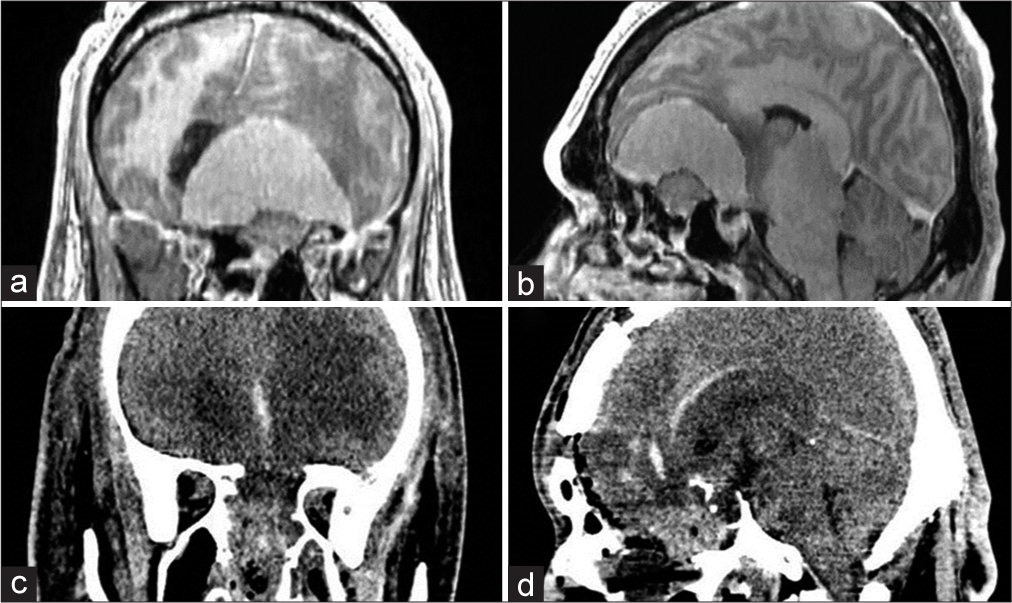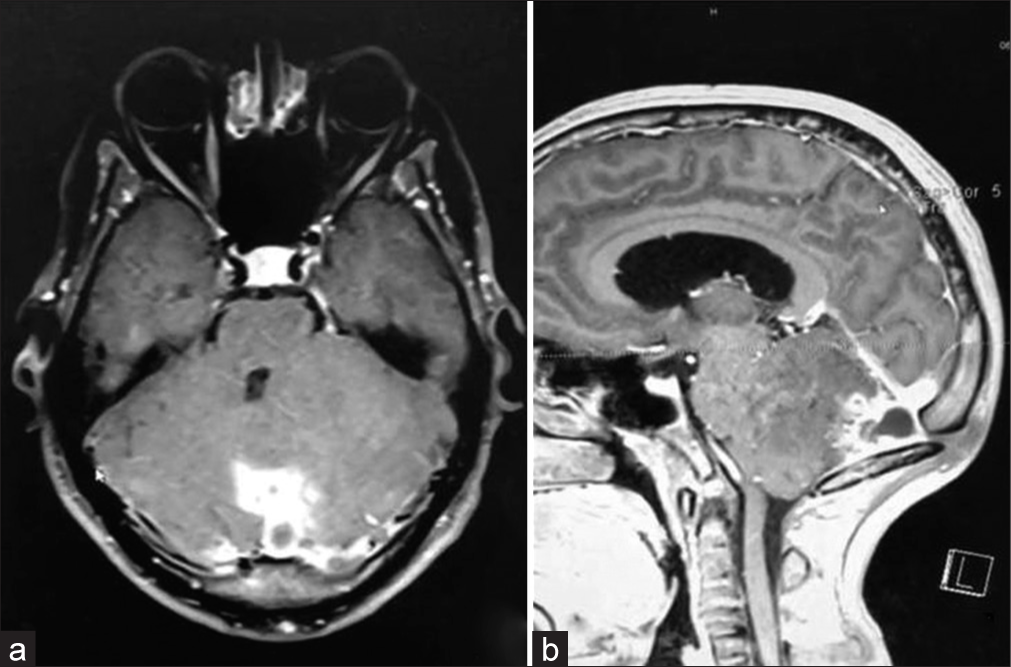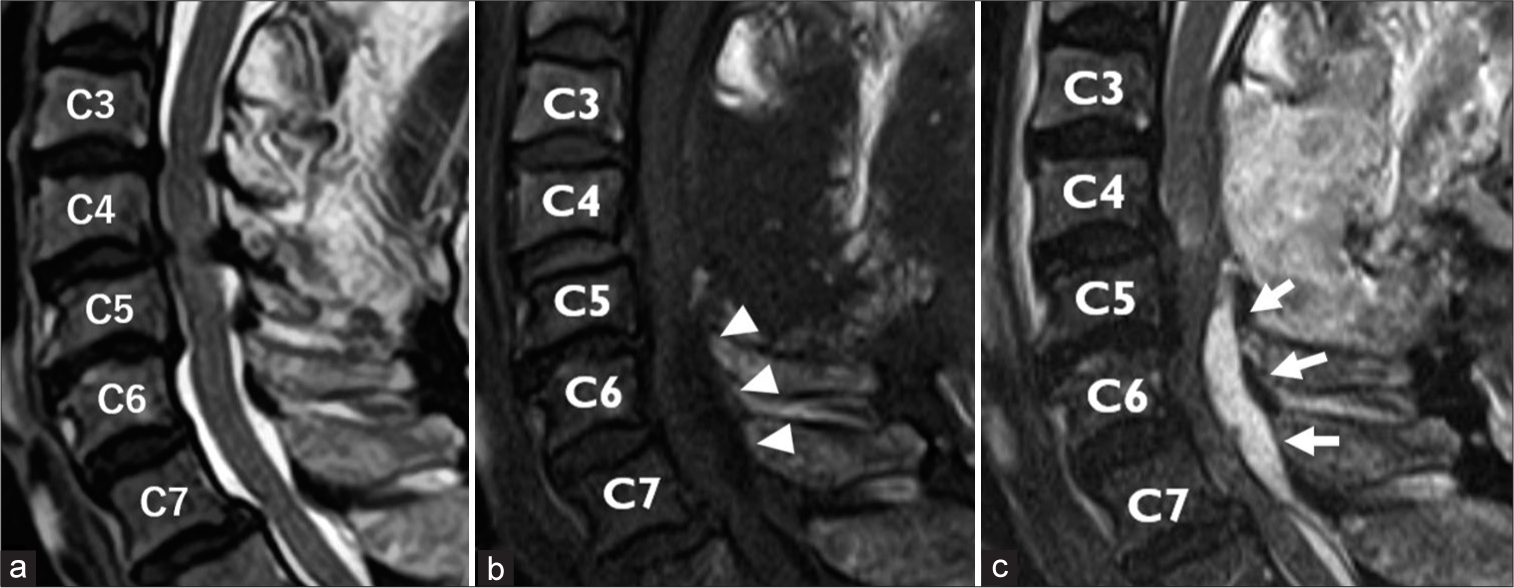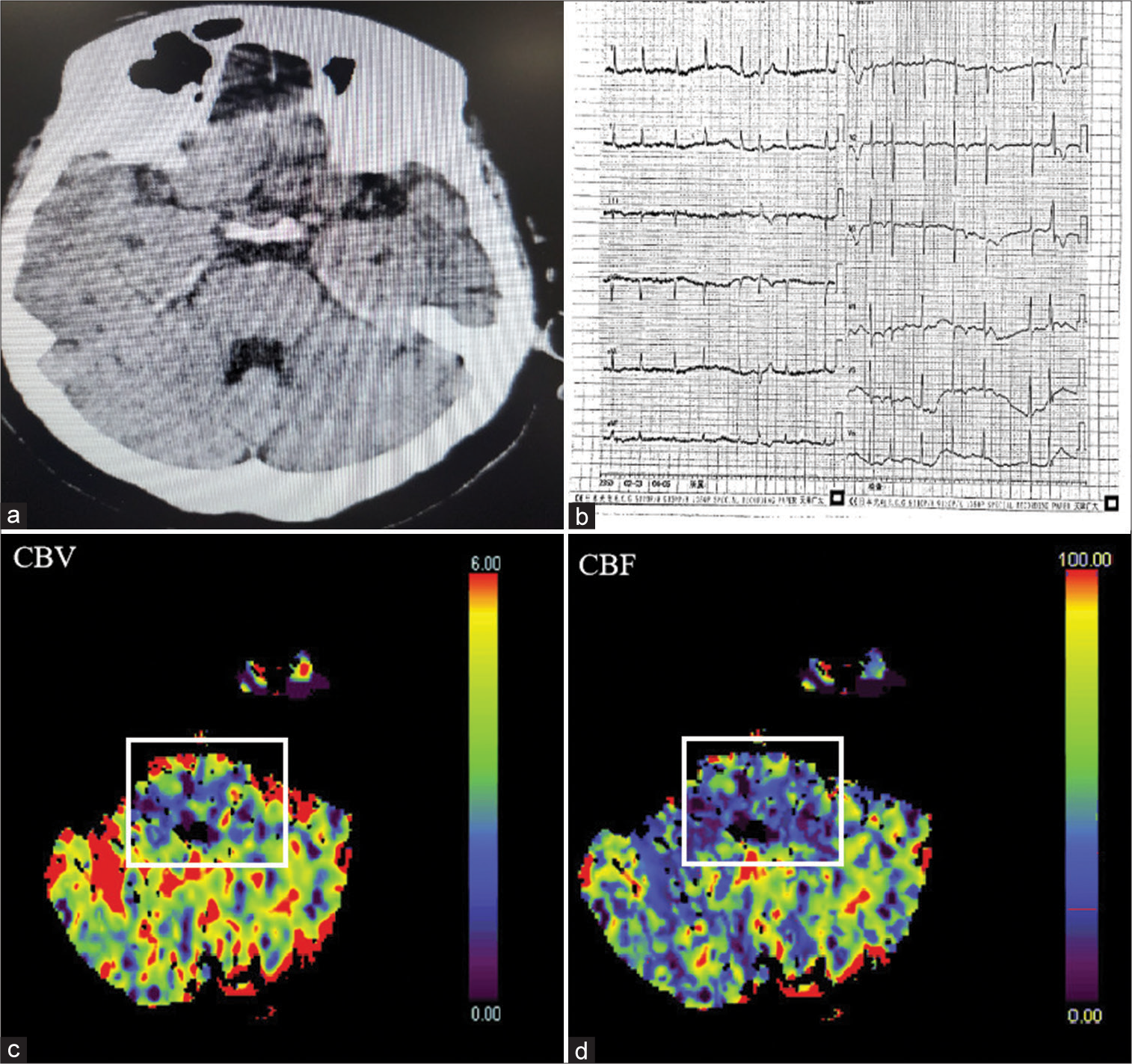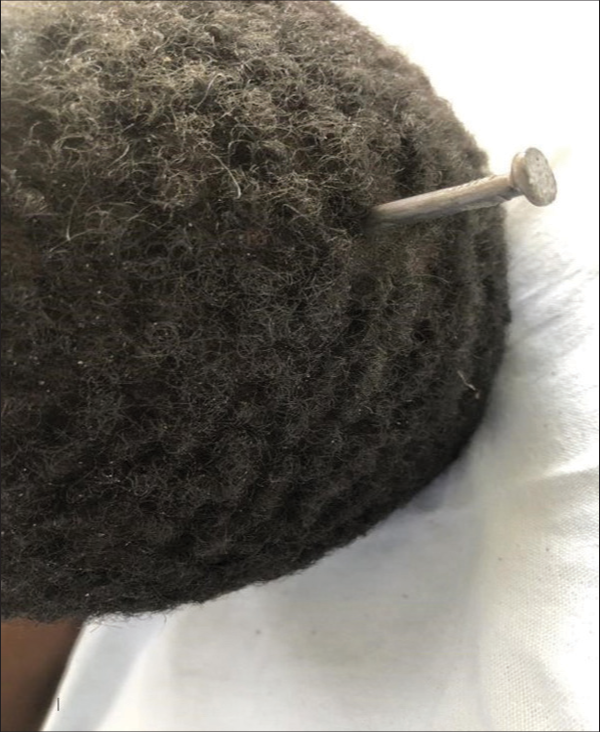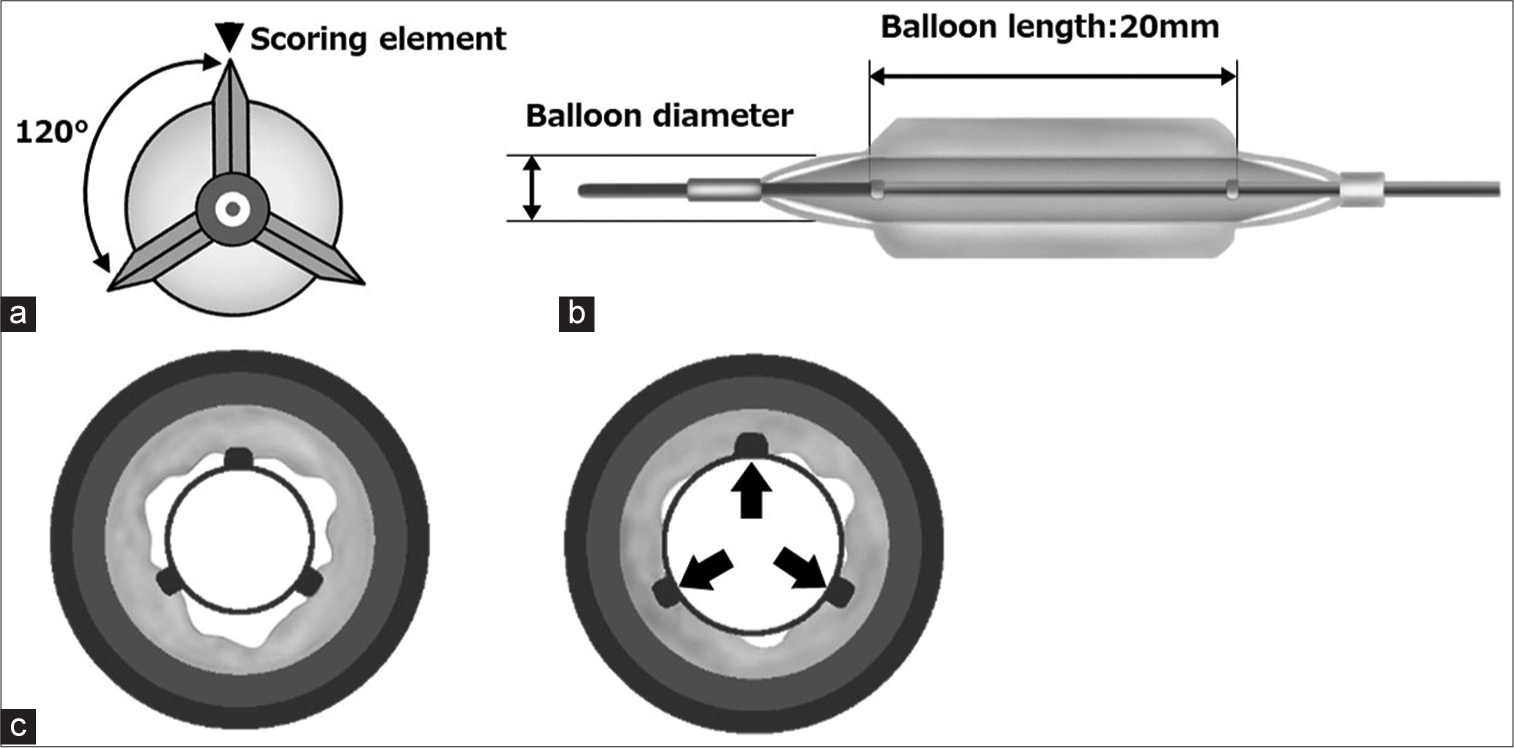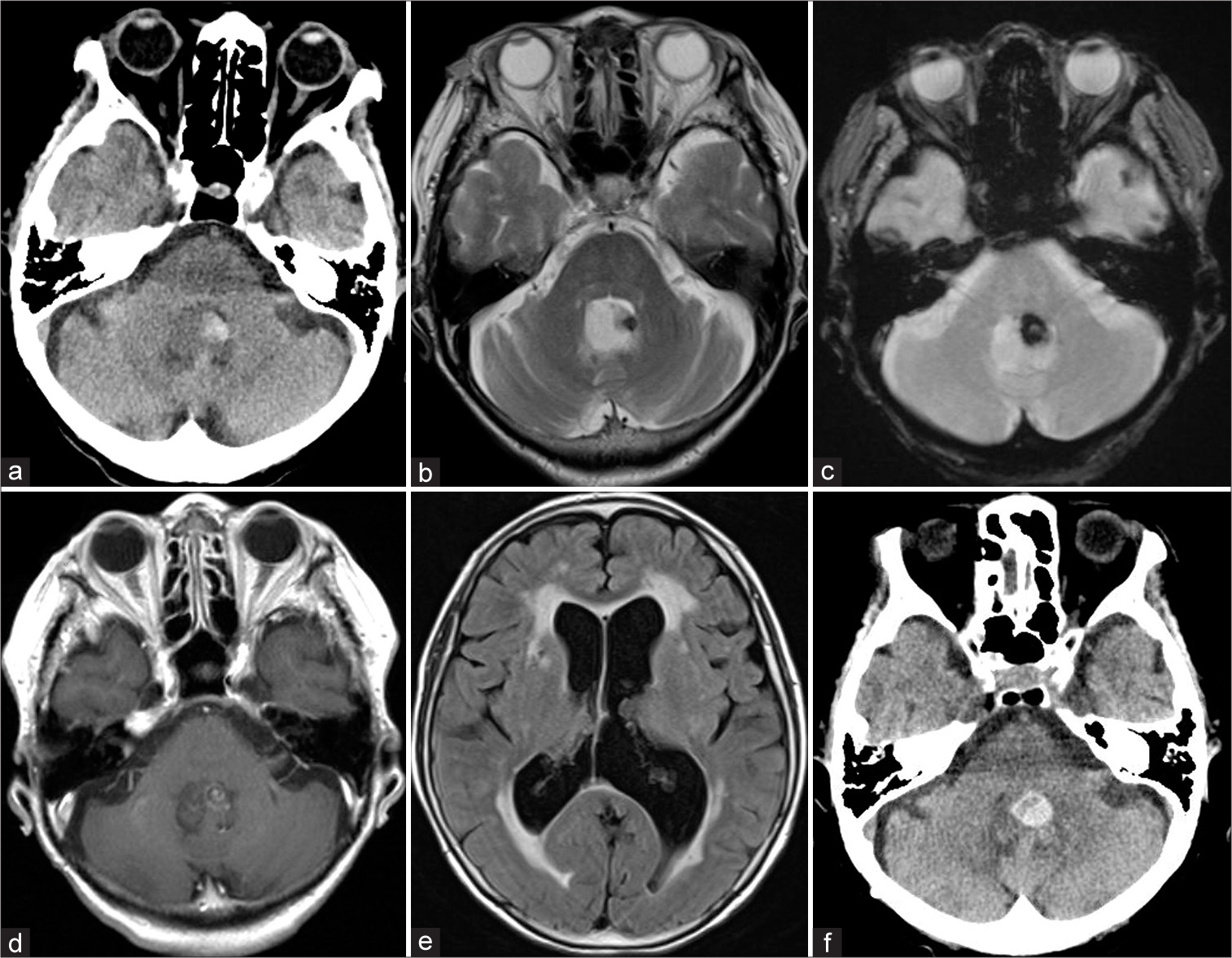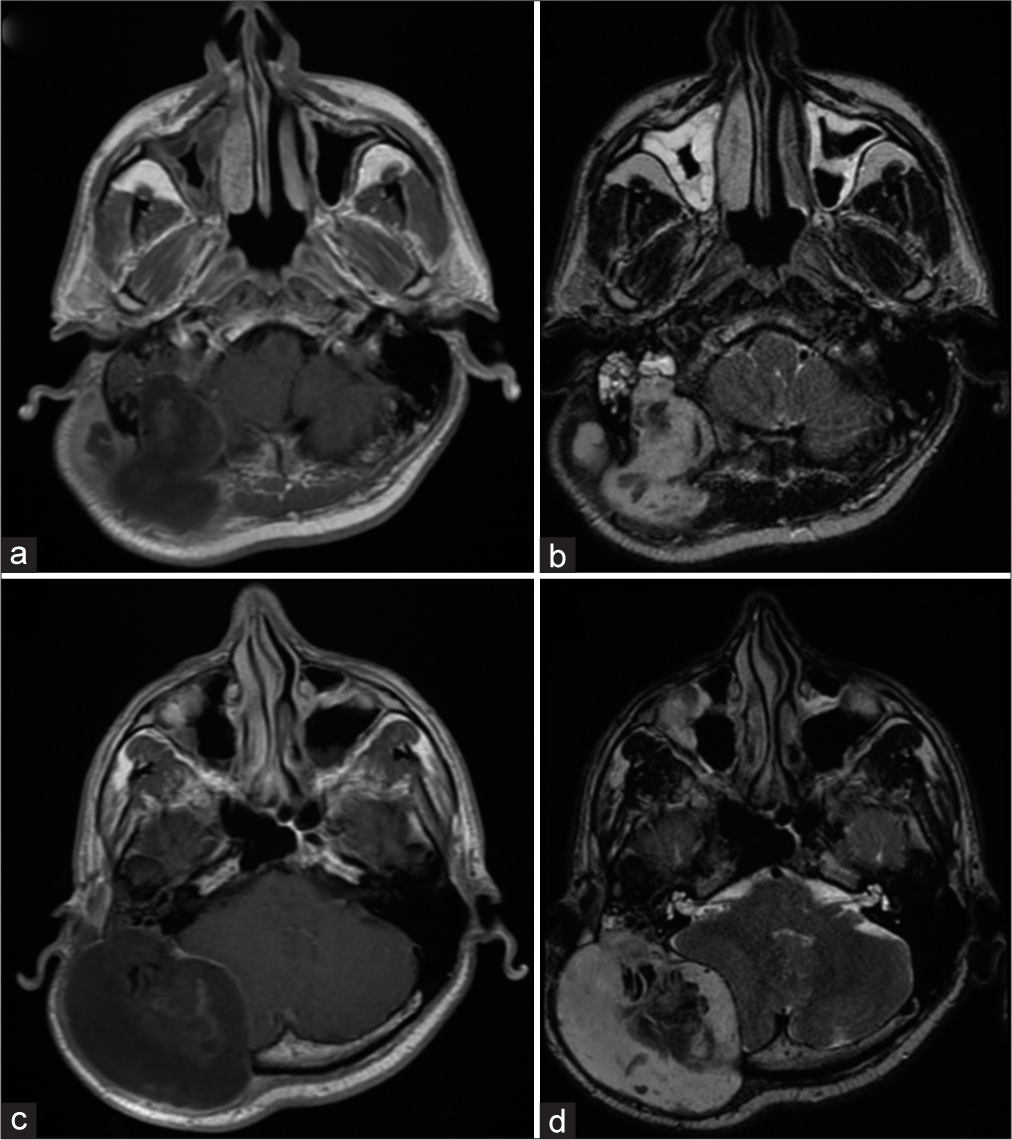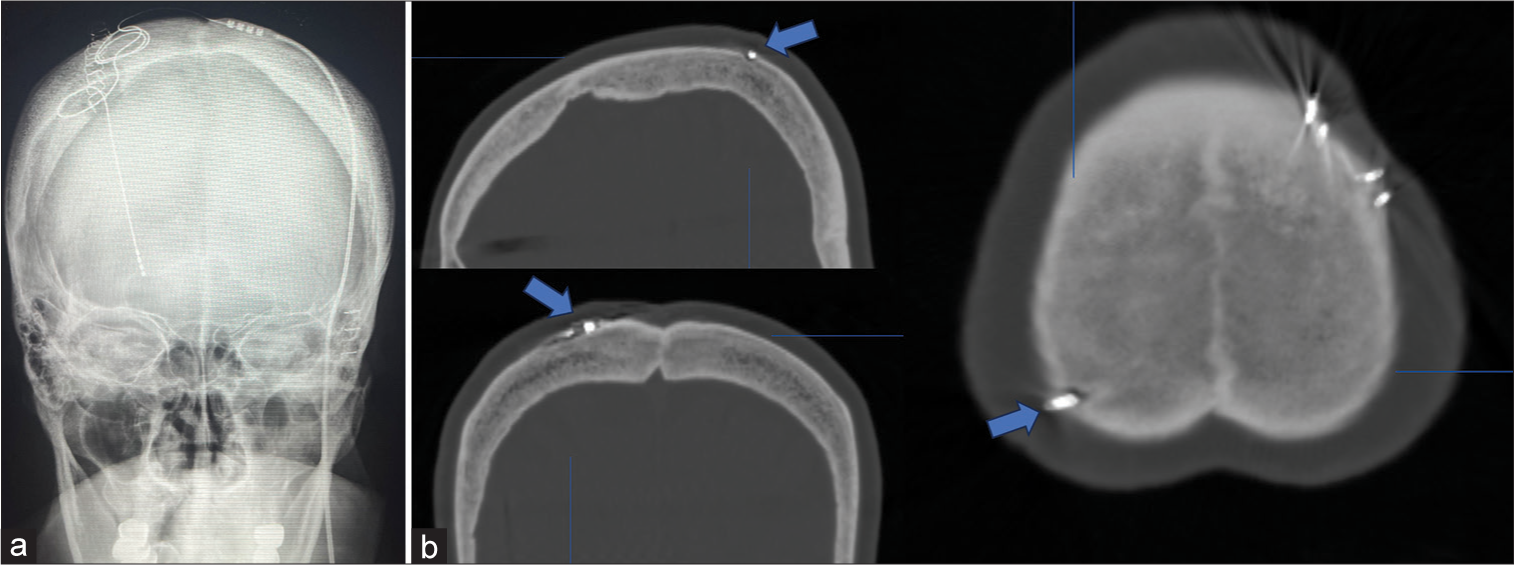Surgical treatment of pituitary neuroendocrine tumors with coexisting intracranial lesions: A case series and review of the literature
Date of publication: 22-Mar-2024
Background: Pituitary neuroendocrine tumors (PitNETs) are a diverse group of benign neoplasms that account for a significant proportion of intracranial tumors (13%). The coexistence of PitNET with other intracranial lesions, such as meningiomas and intracranial aneurysms, has been constantly reported in the literature; yet, the pathophysiological mechanisms remain unknown, and the appropriate management is controversial. This study aims to describe the clinical characteristics, surgical treatment, and outcomes of patients with PitNET with coexisting intracranial lesions in a single healthcare center.
Correlation of cerebral microvascular circulation with vital signs in cerebral compression and the validity of three concepts: vasodilation, autoregulation, and terminal rise in arterial pressure
Date of publication: 22-Mar-2024
Background: Vasodilation, autoregulation, and rising arterial pressure are three common concepts in cerebral compression, believed to improve cerebral blood flow to maintain the brain’s nutrition. However, these concepts are unclear, unproven, and based on assumptions. This study aimed to correlate cerebral circulation with alterations of vital signs and to evaluate the above concepts based on physics and hemodynamics.
Occipital dermal sinus associated with infectious teratoma in an adult patient affected by Klippel–Feil syndrome: Rare case report and literature review
Date of publication: 22-Mar-2024
Background: The Klippel–Feil syndrome (KFS) is a rare congenital anomaly characterized by the fusion of cervical vertebrae, which may be associated with other malformations, such as dermoid tumors and teratoma. Some theories explain the embryology of these associations. Another condition that may be present is the dermal sinus (DS), communication between intracranial tumors and the subcutaneous tissue, and predisposing infections. This case report aims to describe an association between these three pathologies as well as correlate them from the literature. This report was based on medical records retrospectively reviewed associated with the systematic bibliographical consultation using indexed databases based on inclusion and exclusion methods.
Acute cervical epidural abscess with concurrent calcium pyrophosphate deposition after cervical spinal surgery: A case report
Date of publication: 15-Mar-2024
Background: Spinal epidural abscess (SEA) is a rare condition that may result in catastrophic outcomes. On the other hand, calcium pyrophosphate (CPP) deposition disease (CPPD) causes inflammatory arthritis. Spinal involvement of a crystal-induced inflammation caused by CPPD is also common. Surgery is a common risk factor for both SEA and CPPD; however, the postoperative acute onset of SEA complicated with CPPD is extremely rare.
Successful endovascular thrombectomy using solitaire FR stent with intermediate catheter assisting technique for acute persistent primitive trigeminal artery and basilar artery occlusion: A case report and literature review
Date of publication: 15-Mar-2024
Background: The persistent primitive trigeminal artery (PPTA) is a persistent embryological carotid-basilar connection. Endovascular thrombectomy (EVT) for hypoplastic PPTA occlusion is a challenge. This case report aims to describe the successful recanalization of simultaneous occlusions in both the PPTA and basilar artery (BA) using the Solitaire FR (RECO SR)/Stent and Intermediate Catheter Assisting (SWIM) technique in a patient with acute cardiogenic cerebral embolism. To the best of our knowledge, this is the first report of such a case.
Penetrating head trauma resulting from vigilante street justice
Date of publication: 15-Mar-2024
Background: Penetrating brain injury (PBI) can be caused by a variety of objects ranging from simple to complicated items. Nonetheless, it is strange and unusual to attack someone in the head with a long nail. Due to its rarity, care for them is still being developed and may include many steps.
Usefulness of non-slip element percutaneous transluminal angioplasty scoring balloons in treating severe calcified lesions of the carotid artery for carotid artery stenting: A case report
Date of publication: 15-Mar-2024
Background: Treatment of calcified lesions with conventional angioplasty balloons can be difficult due to insufficient lumen expansion, high dissection rates, and repeated revascularization. We report a case in which a scoring balloon was used in lesions resistant to angioplasty with a semi-compliant balloon.
Rare vermian pilocytic astrocytoma with recurrent spontaneous hemorrhage in the elderly: A case report and review of literature
Date of publication: 15-Mar-2024
Background: Pilocytic astrocytoma (PA) is a benign glial tumor predominately seen in pediatrics and early adolescence with associated overall good outcomes. Very few cases of elderly PA have been reported in the literature, and they are known to display unique anatomic, histologic, and genetic peculiarities distinct from pediatric disease. We report a rare case of vermian PA in an octogenarian with recurrent spontaneous intratumoral hemorrhage as a presenting symptom. Furthermore, a review of the literature on the peculiarities of PA in the elderly will be discussed.
Temporal bone squamous cell carcinoma: Aggressive behavior coursing with cerebellar invasion and hydrocephalus
Date of publication: 15-Mar-2024
Background: Temporal bone squamous cell carcinoma (TBSCC) is a very rare condition. The prognosis is dismal for advanced tumors. Due to its rarity, information in the literature is scarce. Here, we report a unique case of TBSCC with cerebellar invasion and hydrocephalus.
Asymptomatic cable twisting in a patient with impending Twiddler syndrome detected during deep brain stimulation surgery for Parkinson’s disease: A case report
Date of publication: 15-Mar-2024
Background: Deep brain stimulation (DBS) has consistently demonstrated high efficacy and safety in patients with Parkinson’s disease. Twiddler’s syndrome is a rare occurrence of hardware failure in patients undergoing neuromodulation. We report here a case of subclinical cable twisting jeopardizing Twiddler’s syndrome in a patient with Parkinson’s disease who underwent DBS surgery targeting the globus pallidus internus (GPI).


